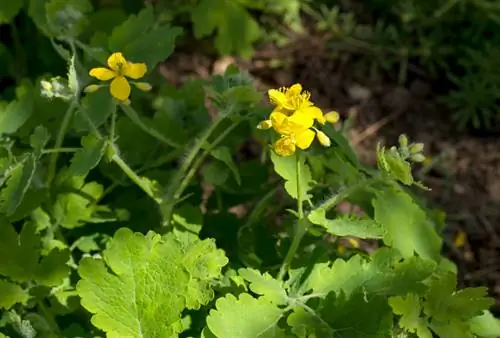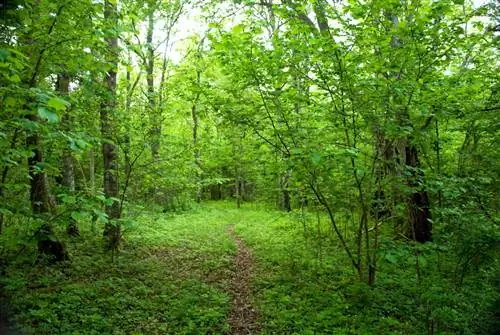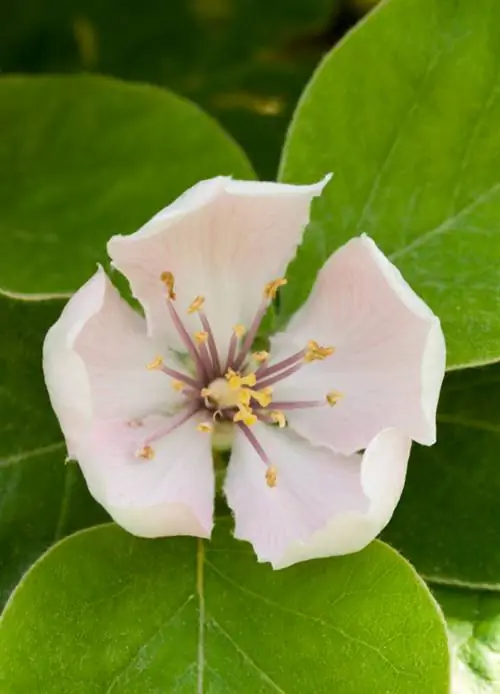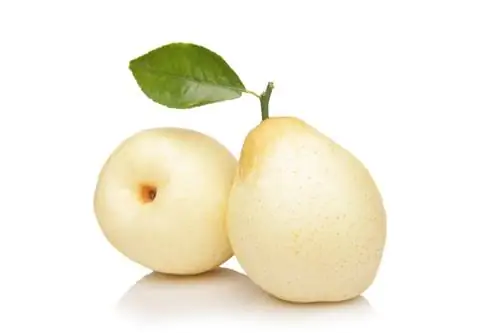- Author admin [email protected].
- Public 2023-12-16 16:46.
- Last modified 2025-01-23 11:20.
At first glance, you don't necessarily notice that celandine is related to the opium poppy. The easiest way to find this herbaceous, perennial plant is during the flowering period, when the delicate yellow flowers join the pinnate leaves and the stems filled with yellow latex.

Where can you find celandine?
Celandine can be found in warm, nitrogen-rich and moist locations such as the banks of streams, ponds, natural stone walls, forest edges and sparse deciduous forests. It thrives along human settlement routes and is helped by ants to spread.
Typical locations of celandine
The celandine loves locations that meet the following criteria:
- relatively warm
- nitrogen-rich soil
- sufficiently moist
The fact that celandine, on the one hand, requires a certain amount of moisture, but on the other hand, also grows on stony rubble and fallow land, is not necessarily a contradiction: after all, this plant has a strong taproot with which water reserves can be reached in the soil under superficial layers of stone and gravel can be. The celandine can grow not only on the banks of streams and ponds, but also along southern natural stone walls, on the edges of forests and in sparse deciduous forests. Since celandine reproduces well even with little care, you should sow it in the garden in a location with potential for spreading. When collecting celandine in nature, you should be aware that it is poisonous if consumed.
The spread along human settlement routes
The celandine is not only considered a nitrogen indicator, but also a so-called cultural follower. After all, it previously spread to various regions of Europe and even to North America along human settlement routes. This is primarily due to its previous use as a wart herb and also because it is no longer used internally due to its danger. Larger populations of celandine can often still be found along roadsides and around settlements.
Ants as reproductive helpers
The seeds of celandine are sometimes referred to as “ant bread”. The black, shiny seeds contained in the elongated, pod-shaped seed capsules have a soft oil body, which is an attractive food source for ants. After consuming this oil body in the burrow, the inedible remainder of the seeds are transported out of the burrow by the ants and distributed in this way throughout the landscape. When looking for celandine, pay attention to anthills and ant roads, as these can often be axes for the spread of celandine.
Tip
If you want to curb sprawling populations of celandine by digging up the roots in autumn, make sure that the toxins from celandine accumulate particularly strongly in the taproots towards autumn.






